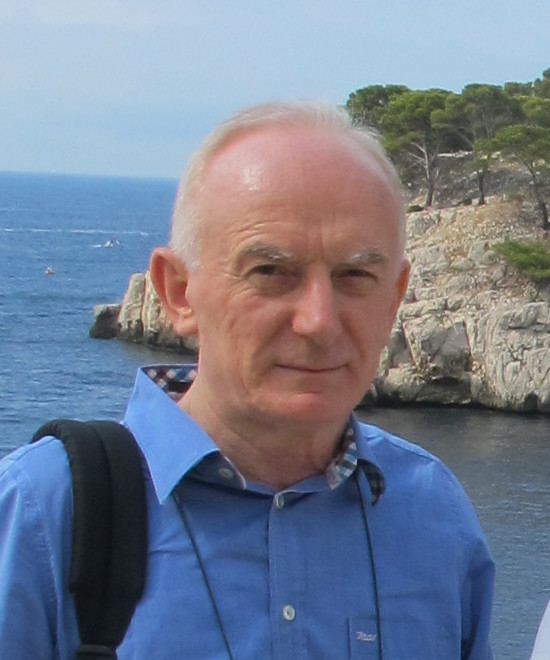Research
| Main fields: |
Physical organic chemistry
Computational chemistry
Electron Spin Resonance spectroscopy
|
| Current interests: |
Quantum Topological (QTAIM | QCT) and Multipole
Analysis of Experimental and Theoretical Electron
Densities
Experimental and Theoretical Charge Density Approach
(ECDA and TCDA) to Molecular Interaction Energies
Molecular Design
Modelling and Data Analysis
|
| Main project: |
Properties of
Atoms and
Molecules in Molecular
Crystals

The Power Tool for
Charge Density
Analysis
|
Profile
I am an independent research scientist.
Until 2012 I was a Senior Researcher at the Institute of Molecular Science
and Technologies (ISTM) of the National Research Council (CNR), since then
I have been retired.
My research projects were in the field of computational
chemistry and experimental data analysis, focusing on the electronic structure
and properties of molecules and molecular assemblies, and using both
first-principles treatments and simplified model systems, in order to
establish a link to intuitive chemical concepts.
After retirement I got rid of all the political and
bureaucratic crap of public research I had been involved in, and now I can
devote myself to my research projects and scientific interests, which have
actually become my favorite hobby.
Ultimately, I see myself as a youngish old man of
, who still enjoys
solving problems and learning new things.
My wife and sons don't mind that my scientific interests take up most of my
free time as they too are more or less involved in science.

When in 1970 I began my doctoral thesis work in the
laboratory of physical chemistry at the University of Milano, mechanical
calculators were still in use and EPR spectra were being interpreted manually
by means of rulers. I decided it was time for renewal and so I began to write
fortran programs to be applied in solving actual application problems in the
laboratory. Since then, while doing fundamental research in a number of
different fields, I only consider a task done once a useful program has
emerged.


